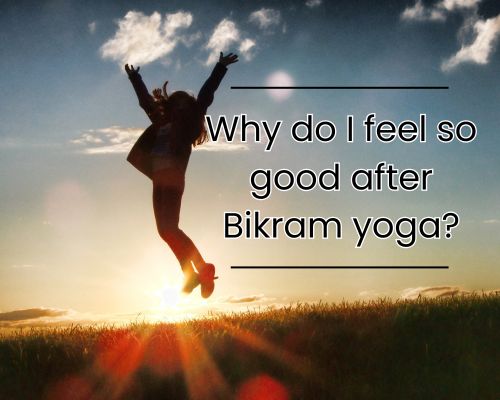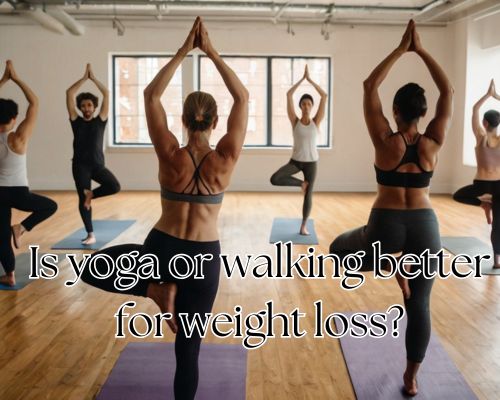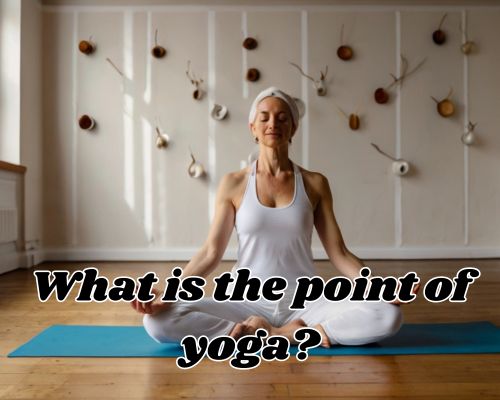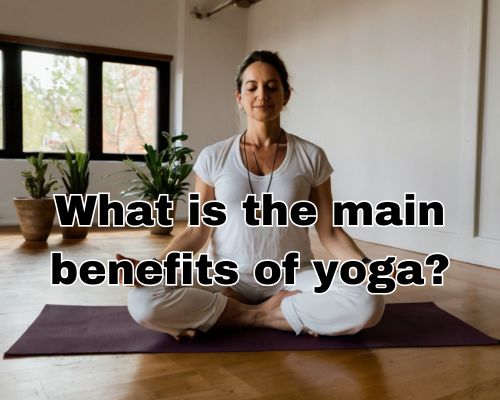What Not to Do After Yoga? Common Post-Yoga Mistakes to Avoid in Mornington, Australia
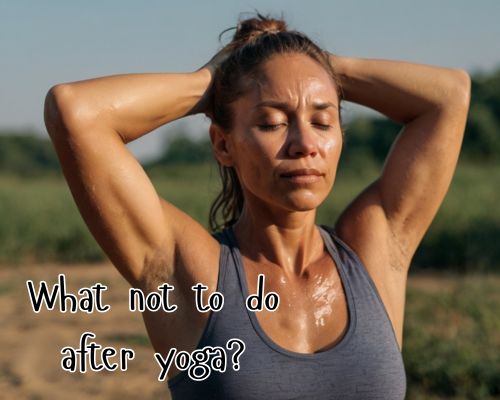
What Not to Do After Yoga? Common Post-Yoga Mistakes to Avoid in Mornington, Australia
Yoga is more than a workout—it’s a holistic mind-body practice that promotes physical strength, emotional clarity, and mental peace. However, the benefits of yoga don’t just depend on what you do during your session but also on how you treat your body immediately afterward. Especially in wellness-focused regions like Mornington, Australia, where yoga has grown in popularity alongside health-conscious lifestyles, understanding what not to do after yoga can be just as important as the poses themselves.

With Jane Benson of Bikram Yoga Mornington, let’s explore the top things to avoid post-yoga and how to optimize recovery, ensuring your time on the mat leads to long-term wellbeing, whether you’re attending a Hatha class in Mornington Park or sweating through Bikram yoga on the Mornington Peninsula.
1. ❌ Skipping Hydration
One of the most common mistakes after yoga—especially hot yoga or Bikram yoga—is forgetting to hydrate. Yoga, particularly in heated studios across Mornington, can lead to significant fluid loss through sweat. If you don’t replenish this fluid, it can result in fatigue, headaches, or even dizziness.
💧Tip for Mornington locals: Carry a reusable water bottle to your yoga sessions at studios like Bikram Yoga Mornington or any of the wellness retreats in Mt Martha or Frankston. After your session, sip water steadily to rehydrate, and consider adding electrolytes if you’ve done a vigorous class.
2. ❌ Diving Straight Into Intense Physical Activity
Jumping straight into a strenuous workout or physically demanding chore right after yoga can counteract the restorative effects of your practice. Yoga often puts your body into a parasympathetic (rest-and-digest) mode, and abruptly shifting gears can increase cortisol levels unnecessarily.
🧘♀️Local Insight: After yoga in Mornington, consider a mindful walk along Mills Beach or a gentle stroll through The Briars. These activities keep your body moving without spiking stress hormones or straining muscles.
3. ❌ Skipping the Cool Down or Savasana
Many students, especially beginners, are tempted to leave class before the final relaxation pose—Savasana. However, this is one of the most critical parts of the practice, giving your body time to absorb the benefits and reset your nervous system.
🛑Don’t rush out. Mornington yoga instructors consistently emphasize the importance of staying through Savasana. Even five extra minutes lying on your mat at a studio like The Yoga Collective Mornington can significantly improve your emotional and physical response to practice.
4. ❌ Eating a Heavy Meal Immediately After
Post-yoga digestion can be sensitive. Eating a large, greasy, or carb-heavy meal right after class can lead to bloating, sluggishness, and diminished benefits from your practice.
🥗Healthier Alternative: Enjoy a light snack such as a banana, smoothie, or protein-rich yogurt. Mornington’s wellness cafés, like Wombat Café or Store Fifteen in nearby Frankston, offer nutrient-packed options ideal for a post-yoga bite.
5. ❌ Neglecting to Shower—Especially After Hot Yoga
Hot yoga sessions can leave sweat lingering on the skin, which can trap bacteria and clog pores, potentially leading to breakouts or skin irritation.
🧼Skin-Smart Tip: Don’t wait too long to rinse off, especially after classes at Mornington Peninsula Hot Yoga. A quick lukewarm shower helps cleanse the skin and restore temperature balance, crucial in Australia’s often humid coastal environment.
6. ❌ Overstretching or Repeating Intense Poses at Home
Yoga may leave you feeling limber and invincible, but pushing too far beyond the studio can lead to muscle strains or ligament injuries. Overdoing stretches at home without guidance may compromise form and recovery.
⚠️Play it safe: Trust your instructors and the sequence they provide. Mornington yoga experts often create sessions with balance in mind—avoid doubling up on advanced poses just because they felt good during class.
7. ❌ Jumping Straight Into a Screen or Back to Work
Heading directly into high-stimulation environments—emails, traffic, or doom-scrolling—can undo the mindfulness cultivated during yoga. It causes an abrupt return to mental stress and undermines the meditative gains from your session.
📵Mindful Moment Tip: Try to extend your state of calm. After class at yoga hubs in Mornington like Salt Yoga or Body & Balance, take five minutes to sit outside, enjoy your surroundings, and take some deep breaths before jumping back into the digital world.
8. ❌ Ignoring Sore Spots or Minor Injuries
Small aches or niggles post-yoga are easy to dismiss. However, these minor discomforts can escalate if left unaddressed. Whether it’s wrist tension from too many chaturangas or hip tightness after deep lunges, proactive care matters.
🩺Body Awareness Hack: Many Mornington physiotherapists and allied health practitioners recommend using foam rollers or gentle massage post-yoga. If soreness persists, book a visit to local experts like Core Health Physio or Balance Osteopathy in Mornington.
9. ❌ Forgetting to Reflect or Journal
Yoga is about more than physical movement. Many styles practiced in Mornington—from Yin to Vinyasa—also promote introspection. If you rush past this reflective opportunity, you miss a key piece of the practice.
📝Mindful Ritual: Keep a journal nearby to jot down how you felt during class, any emotional shifts, or personal insights. This habit not only tracks your growth but deepens your engagement with the practice.
10. ❌ Staying in Damp Workout Clothes
Sitting around in your sweat-soaked yoga attire can lead to skin irritation, yeast infections, and general discomfort. It also traps the moisture and bacteria against your skin.
👚Change It Up: Pack fresh clothes and change as soon as you can after your session. Many Mornington yoga studios provide changing rooms and showers, or you can freshen up at home before heading out to enjoy a beachside brunch at a café on the Esplanade.
Final Thoughts: Nurturing the Post-Yoga State in Mornington
Whether you’re a lifelong yogi or a beginner exploring yoga classes across Mornington and its coastal surrounds, what you do after yoga is just as important as what happens on the mat. Avoiding common post-yoga mistakes helps protect your body, extend the benefits of your practice, and prevent unnecessary injuries.
The Mornington Peninsula, with its serene beaches, health-conscious community, and abundance of yoga options, is the perfect place to integrate mindful post-yoga rituals into your daily life. Whether you’re unwinding after a Bikram yoga class, taking a Yin session in nearby Mount Eliza, or practicing restorative yoga on the cliffs of Mornington, how you care for yourself after your practice shapes your physical and mental results.
Take a deep breath, hydrate well, reflect mindfully—and don’t rush back into chaos. Your body (and your future self) will thank you.

